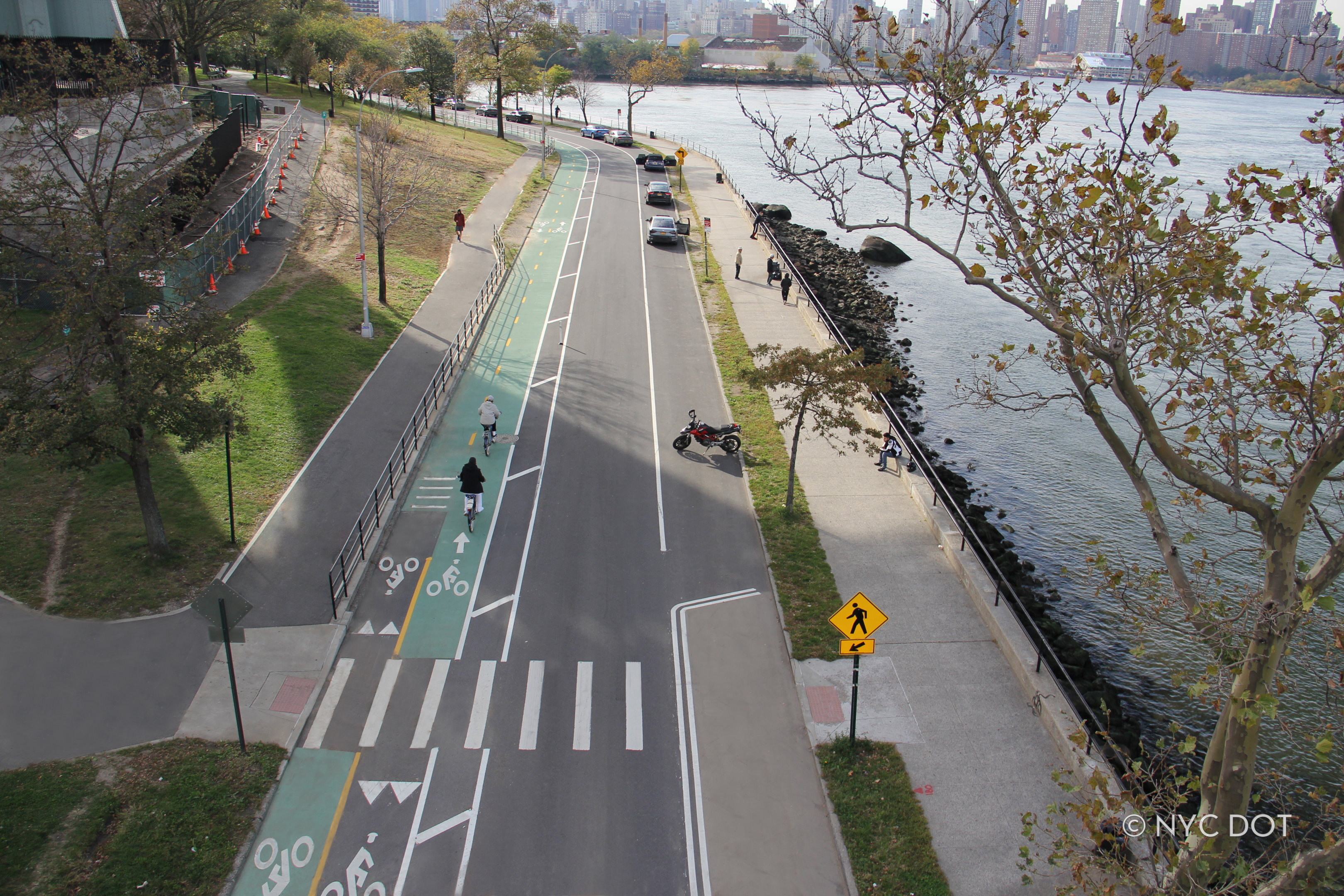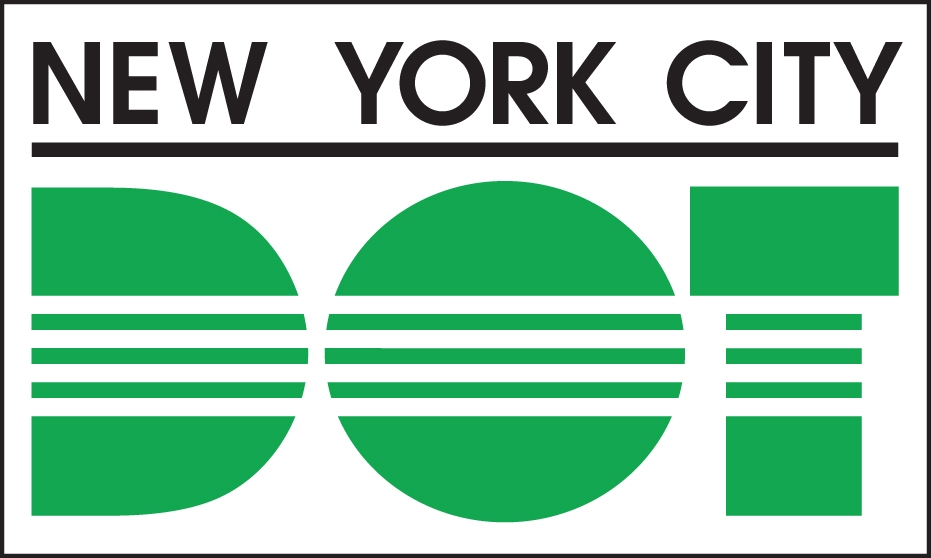
Queens Waterfront Greenway Public Workshops: Route Alternatives
NYC DOT is hosting our second round of public workshops regarding the Queens Waterfront Greenway Implementation Plan. Our two remaining workshops - one virtual and one in-person - will be announced soon.
Our first workshop focused on the area connecting Bowery Bay/LaGuardia Airport to Willets Point. You can see our presentation from that event here.
Our second workshop covered western Queens from Gantry Plaza State Park to Bowery Bay/LaGuardia Airport. You can see our presentation here.
Additional dates covering the remainder of the geography will be announced soon.
Queens Waterfront Greenway Public Workshops: Existing Conditions
NYC DOT is hosting our first round of public workshops regarding the Queens Waterfront Greenway Implementation Plan throughout October.
Each workshop will collect community feedback within specific geographic areas:
- Tuesday, October 8, 6-8pm, Bohemian Beer Hall: Section 1: Gantry Plaza State Park to Bowery Bay. View the presentation from the October 8 workshop.
- Wednesday, October 16, 6-8pm, Glow Cultural Center: Section 2: Bowery Bay to Willets Point. View the presentation from the October 16 workshop.
- Thursday, October 24, 6-8pm, Alley Pond Park Environmental Center: Section 3: Willets Point to Fort Totten. View the presentation from the October 24 workshop.
- Tuesday, January 28, 6-8pm, Virtual: Entire geography.
Project Background
New York City Department of Transportation (NYC DOT), in partnership with the Department of Parks and Recreation (DPR) and the NYC Economic Development Corporation (EDC), is initiating a community-based process to develop a plan for closing the gaps in current bike and pedestrian infrastructure to make it easier for residents to access parkland and waterways. When complete, this new portion of the Queens Waterfront Greenway will constitute a continuous 16-mile corridor connecting Gantry Plaza State Park to Astoria Park along the East River and to Fort Totten following the Long Island Sound.
By many metrics Queens is the most ethnically diverse place on Earth. Its built environment is likewise varied, with low-density suburbs abutting rowhomes and large high-rise apartment complexes. Recently, Western Queens has benefitted from public and private investment in both housing and waterfront amenities along the East River, including five miles of two-way bike path along Vernon Boulevard, completed in 2013. Civic institutions and services¬¬—including major airports, miles of public beaches, sports stadiums, and the historic 1964 World’s Fair—have made the borough a popular place to live.
However, because the borough was developed in the 20th century as a commuter community for Manhattan workers, Queens suffers from gaps in intra-borough public transit service. Car-centric planning resulted in large freeways, creating an unwelcoming environment for pedestrians and bicyclists attempting to cross neighborhood boundaries. Though the borough holds 3,000 acres of parkland, it's unevenly concentrated in central Queens. By connecting parks, greenspace, and outdoor recreation, the Queens Waterfront Greenway will better link Queens residents to waterfront open space.
Implementation Plan
-
The Queens Waterfront Greenway Implementation Plan will outline a comprehensive strategy to create a continuous and accessible path by identifying a series of short-term and long-term projects.
-
NYC DOT is working with community members to identify and address high-priority gaps with Street Improvement Projects while simultaneously building support for larger capital projects and momentum to realize the entire plan.
-
You can provide your thoughts, ideas, and concerns using our Feedback Map.

